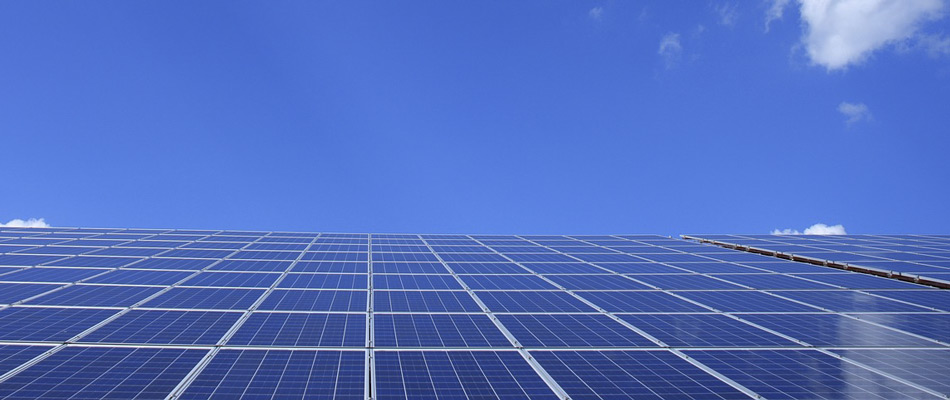Rob Collison is the manager of facilities and transportation for BC School District 46 (Sunshine Coast)
The Sunshine Coast School District is living up to its name.
British Columbia School District 46 (Sunshine Coast) is in the process of installing significant amounts of photovoltaic solar on the roofs at three facilities.
Langdale Elementary School in Gibsons, BC just underwent a boiler retrofit project and the replacement of all the original single-pane windows with low emissivity double glazing. Funding left over from the boiler retrofit as well as a previous roofing project is now being invested into photovoltaic solar at the school.
Davis Bay Elementary
198 Canadian Solar modules (325 W)
52 APsystems YC1000 inverters
10˚ tilt
Pender Harbour School
324 Canadian Solar modules (325 W)
81 APsystems YC1000 inverters
10˚ tilt
111.8 MWh annual production
1,173 kWh/m2 collector irradiance
“This is a very exciting project! The location of the building and the style of roofing has enabled us to be able install a net metering solar array that is expected to produce 98 megawatt-hours of electricity annually,” said Rob Collison, district manager of facilities and transportation.
“The school typically uses around 90 Megawatt hours per year, which means this facility will actually be an energy utility instead of a customer.”
Collison said the district plans to refit the school lighting system in the coming years to all LED lighting, which will reduce the electricity consumption even further.
In the end, the panels are expected to have a payback period far less than the life expectancy.
“In terms of simple payback, it’s looking to be about 16 years. The panels are guaranteed for 25 years, but most suppliers are suggesting 35 years to be a reasonable life expectancy.”
The two other facilities in SD46 being studied for solar feasibility are Davis Bay Elementary in Sechelt, BC and Pender Harbour Secondary in Madeira Park, BC. Both schools are heated completely by electricity and both schools have received funding for HVAC system replacements due to the age of the systems.
Although electricity is a clean and reliable heat source, the cost is expensive and rates are expected to increase significantly over the coming years.
“We looked at converting both schools over to hydronic heating and adding a fuel source, but we would then be actually increasing our carbon footprint – which isn’t the least bit appetizing,” said Collison.
Other ideas were carbon neutral options like biomass and biodiesel, but both are expensive and not easy to get on the Sunshine Coast.
“We ran the numbers, looked at all of our options, and solar was the obvious choice at 50% the annual utility cost of the next nearest option.”
